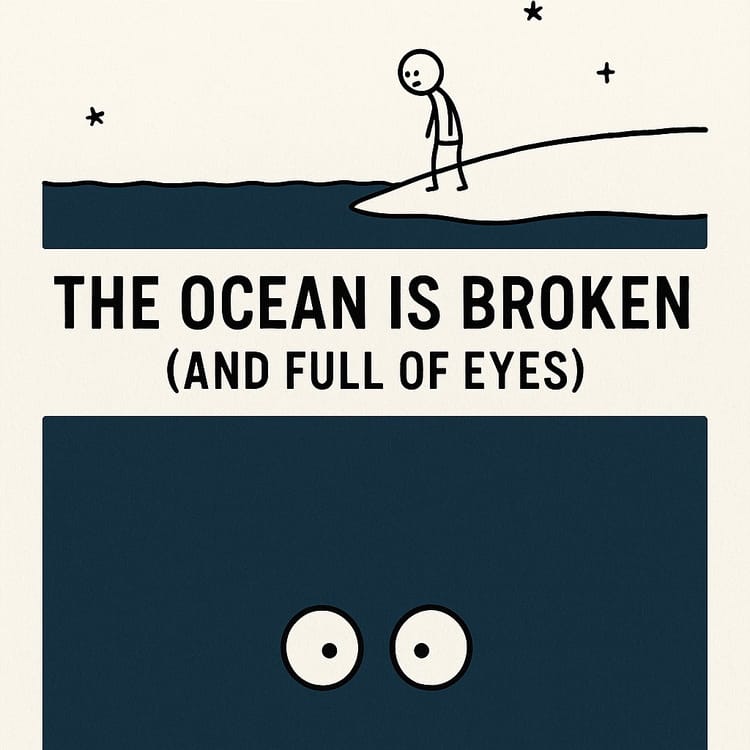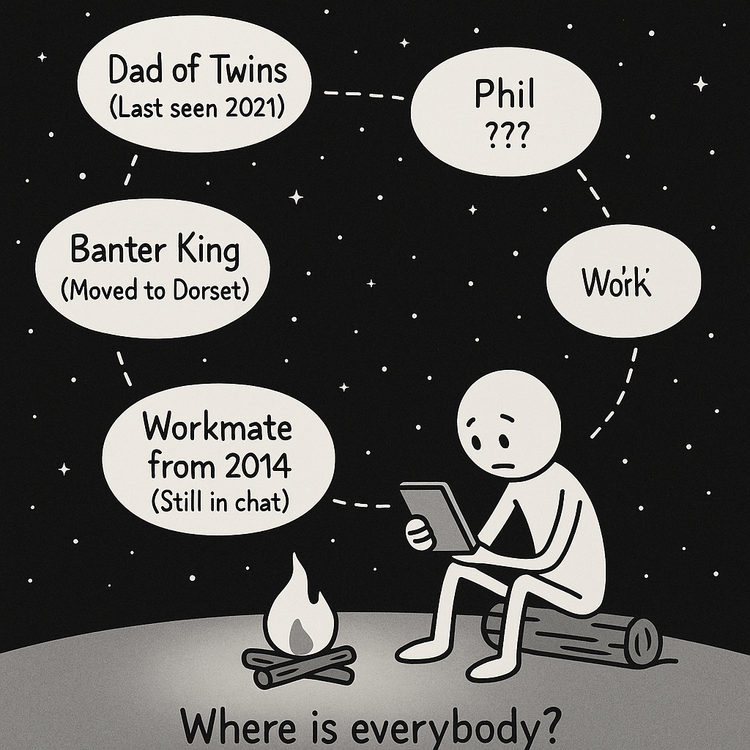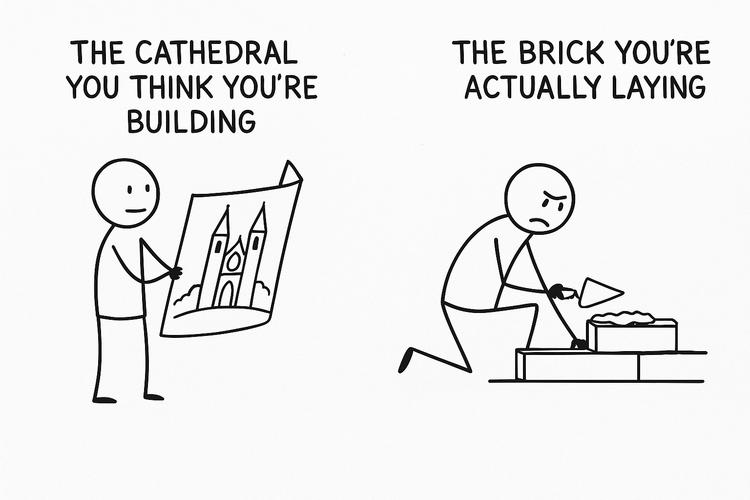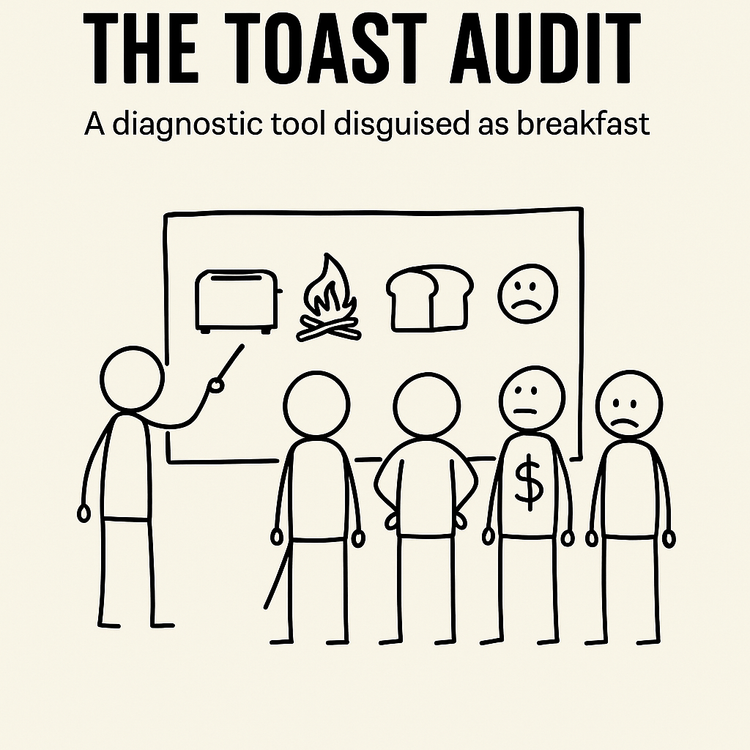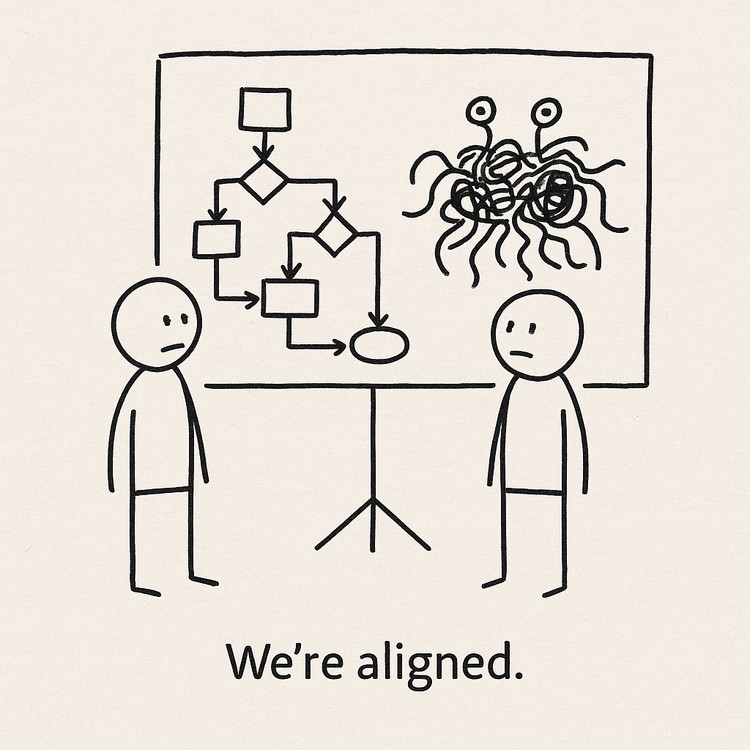Legacy Systems and Burnt Edges (The Cost of Sticking With What You Know)
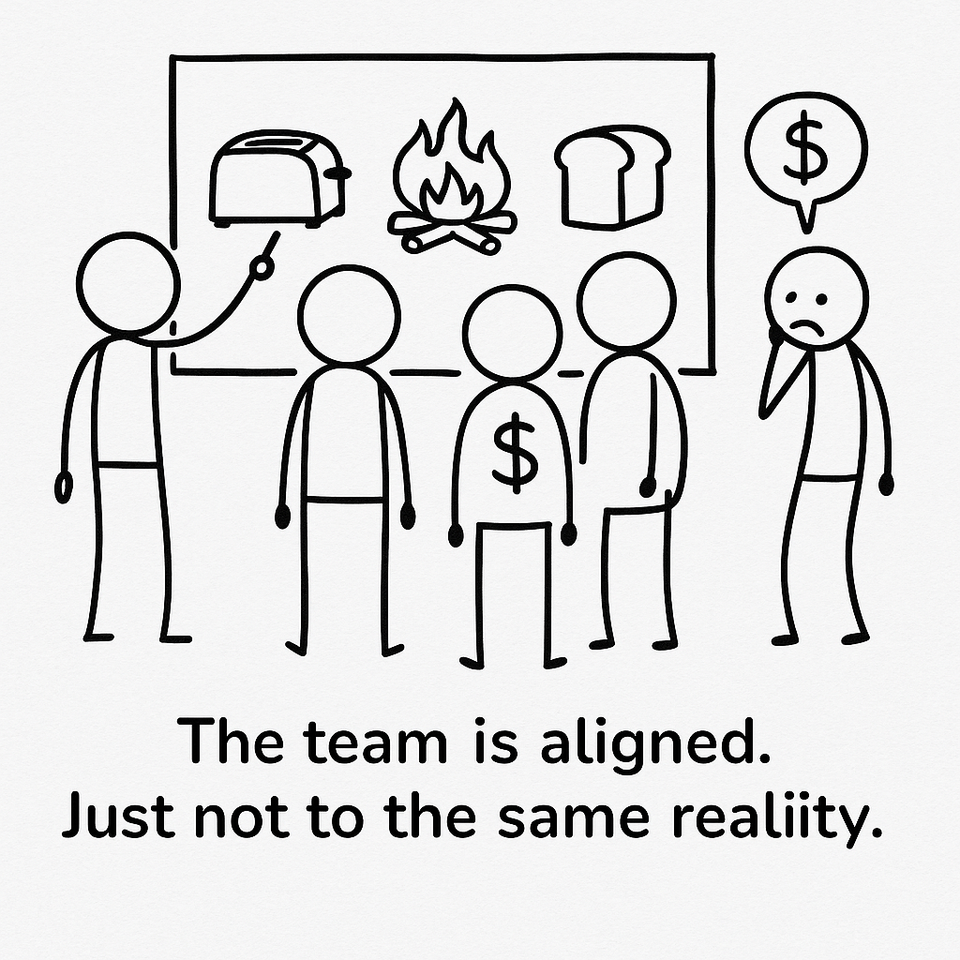
Read The Toast Series — 6 posts about systems, miscommunication, and drawing toast instead of guessing.
Explore the full series →
← Previous: The Toast Audit
Let’s Talk About Toast You Didn’t Mean to Burn
Not dramatic flames.
Just… a bit too far gone.
Edges blackened.
Middle still edible.
Smells like regret and stale ambition.
You didn’t plan to ruin it.
You just got distracted.
You thought the settings were fine.
You thought someone else was watching.
But now the kitchen smells weird and everyone’s pretending it’s fine.
Welcome to Modern Work
This is what legacy systems feel like.
Not broken. Just… burnt.
Still functional. Just barely.
Still deployed, still funded, still everyone’s problem.
The edges are blackened with workarounds, patches, resentment, and fear.
But nobody wants to scrap it — because it still technically works.
Kind of.
Why We Keep Burning the Same Bread
Because it’s familiar.
Because we know where the buttons are.
Because the idea of a brand new toaster is expensive, risky, and probably involves procurement.
And because if we admit it’s broken, we also have to admit:
- That we relied on it too long
- That we trained people to work around it
- That we built other systems on top of it
- That replacing it would cause actual short-term pain
So we keep making toast with it.
We just get better at scraping the burnt bits off.
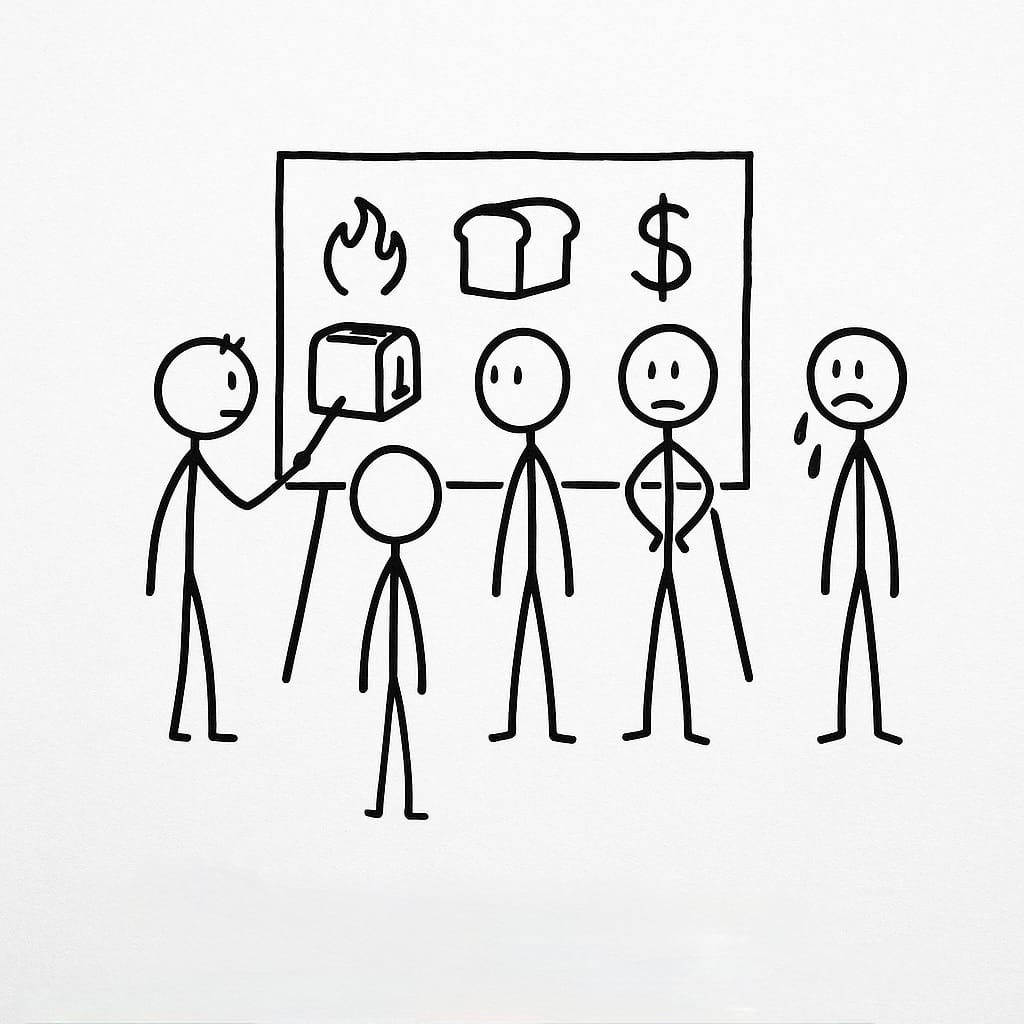
The Real Cost of Legacy Systems
It’s not just technical debt.
It’s psychological debt.
Every time someone uses a bad system, they lose a little trust in the organisation.
They lower their standards.
They stop expecting better.
They start believing:
“This is just how it is.”
That belief spreads.
It kills innovation before it even starts.
